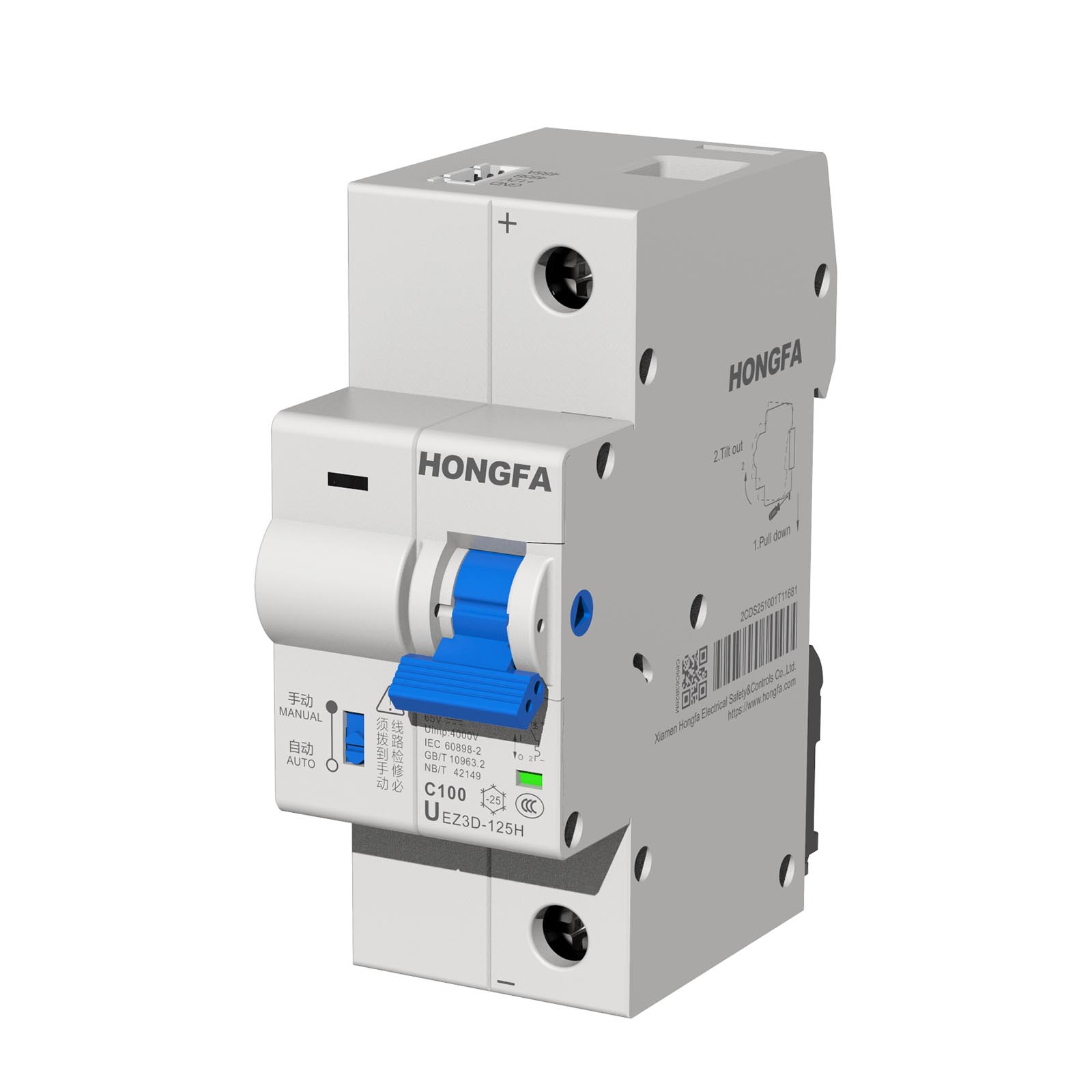In the age of growing reliance on electricity, the stability and safety of power networks now occupy our main concern. With its creative tiny circuit breakers (MCBs), Kemus Power Technology significantly helps to guarantee the safety of power systems. The advanced technologies, intelligent features, selection policies, and best practices for maintenance and troubleshooting of Kemus MCBs will be discussed in this paper.

MCBs
MCbs: Power Systems’ Safety Cornerstone
Power systems depend on Kemus MCBs absolutely. Their primary purpose is to stop power in time when the circuit is short-circuited or overloaded, therefore shielding the circuit from damage.
Kemus MCBs give circuits with their fast response time and highly sensitive current sensing dependable protection.
Kemus MCBs not only save space but also are simple to install and upgrade with their small scale and modular architecture.
Kemus MCBS have earned several international safety certifications like UL/CUL, VDE, COC and CCC, therefore guaranteeing the dependability and safety of the product.
Intelligence: Future power system trends
1.Kemus small circuit breakers’ clever design reflects the innovative advancement in power protection technologies.
2.Kemus tiny circuit breakers combine a sophisticated monitoring system capable of real-time circuit state analysis, fault prediction and advance alarm generation.
Kemus micro circuit breakers can be run through smart devices to support remote monitoring and control, therefore supporting remote control and communication features.
3.Kemus small circuit breakers guarantee the highest protection effect by dynamically changing protection parameters depending on the real functioning of the power grid using adaptive technology.
Selection Guide: Specify perfect protection for systems of power
The safe running of the electrical system depends on the correct choice of a small circuit breaker.
1.Load demand analysis: Choose a small circuit breaker with matching rated current and voltage level depending on the power consumption and load properties.
2. Environmental adaptability factors: Choose an appropriate small circuit breaker model after considering the particular requirements of the installation environment, including temperature, humidity, chemical corrosiveness, etc.,.
3. Compliance of safety standards: Make sure the chosen small circuit breaker satisfies all pertinent international safety regulations and legal criteria.
Maintenance and troubleshooting: guaranteeing ongoing performance
The value of consistent maintenance and its practices
1.Many possible problems can be avoided, the likelihood of unplanned power outages lowered, and the continuity and dependability of the power system guaranteed by frequent inspection and maintenance.
2.To guarantee that the micro circuit breaker satisfies the manufacturer’s criteria, routinely assess its running speed, tripping characteristics, electrical parameters, and operating speed.
3. Cleaning: The contact resistance and thermal performance of the micro circuit breaker may suffer from dust, grime and other pollutants. Frequent cleaning helps to eliminate these possible hazards and prolong equipment lifetime.
4. Tightening inspection: The connection parts could loosen with equipment running over time. Check and tighten the connection pieces often to guarantee that every element is correctly set in place.
5.Check whether the mechanical components of the micro circuit breaker and insulating materials show indications of ageing, such cracks, deformation or discoloration; then, replace the aged components in line with time.
Maintenance and troubleshooting of MCBs
1. Fault identification: When a miniature circuit breaker fails, the first thing to do is to accurately identify the type of fault, such as whether it is an overload, short circuit or mechanical failure.
2. System isolation: Make sure the malfunctioning equipment is safely disconnected from the power grid before troubleshooting to prevent more damage or hazards to safety.
3. Visual and sonic examination: Visually look for clear indicators of damage including mechanical damage or burn marks. Listen for unusual sounds suggesting internal mechanical breakdown.
4. Professional diagnostic tools: Use professional diagnostic tools such as multimeters, insulation resistance meters or professional fault diagnosis software to perform detailed electrical tests.
5. Repair or replacement: According to the fault diagnosis results, make necessary repairs or replace damaged parts. Replace broken unrepairable circuits using fresh tiny circuit breakers.
6. Recording and analysis: Record the frequency, type and cause of faults, and analyze fault trends so that preventive measures can be taken to reduce future faults.
7. Training and knowledge update: Ensure that maintenance personnel receive appropriate training and regularly update their knowledge and skills to cope with new technologies and troubleshooting methods.
With their great performance, intelligent features, and rigorous compliance with worldwide safety criteria, Kemus Power Technology’s micro circuit breakers offer strong protection for the stability and safety of contemporary power systems. Kemus tiny circuit breakers will remain crucial in the field of electrical protection as long as technology is developing and the market demand grows since they deliver global consumers safer, smarter, more efficient power solutions.
Post time: 7 月-11-2024


